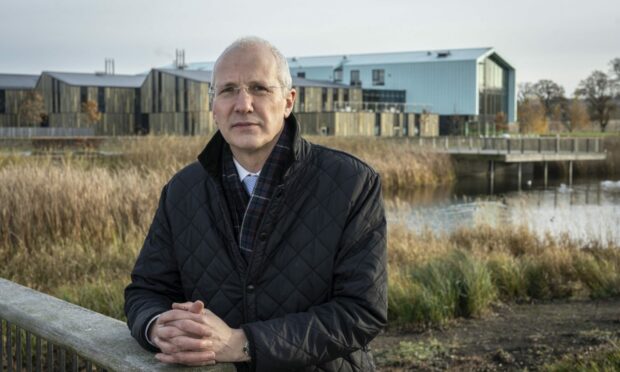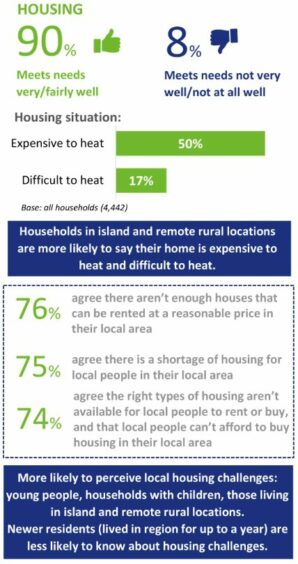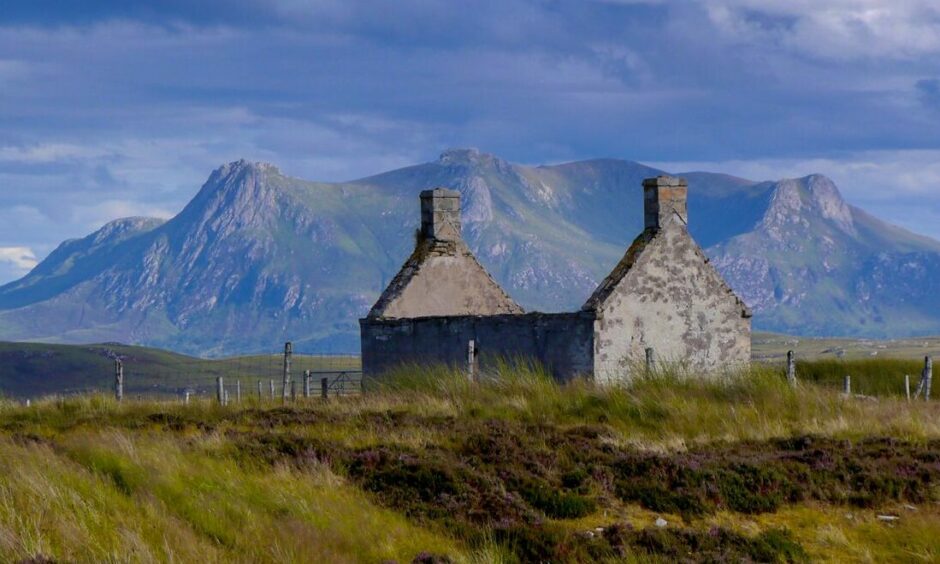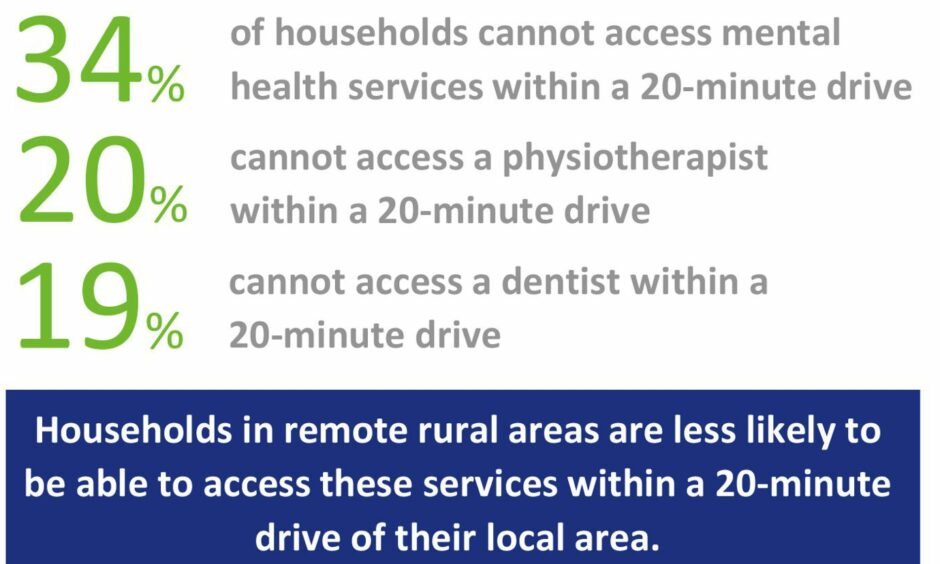Nearly half of all young people in the Highlands and Islands plan to move away from the area in the next five years.
The findings from a new survey add to predictions that many parts of the region will suffer depopulation in future.
The My Life in the Highlands and Islands report also highlights a series of issues facing communities in the region.
These include access to health services and digital connectivity, as well as an overreliance on fossil fuels and cars.
Housing was raised as a major issue, with 76% saying there aren’t enough affordable houses to rent or buy.
Who did the survey?
Highlands and Islands Enterprise (HIE), which commissioned the survey, says “sustained and flexible” investment is needed to take advantage of opportunities in green energy and the transition to net zero.
More than 5,300 people over 16 living in 4,442 households across the region responded to the research, carried out by IPSOS.
Most people (88%) said they take pride in living in the area.
Quality of life was highlighted by 36% as a key factor in moving into the region, along with work (26%) and family (23%).
Half the people surveyed said they don’t intend moving and 23% plan to stay at least another five years.
But 47% of those aged 16-29 said they plan to move away within five years.
Housing a major issue for Highlands and Islands
Lack of attainable housing has been a major factor for many communities across the Highlands and Islands.
The survey shows 76% agree there aren’t enough houses to rent at a reasonable price.
75% say there is a shortage of housing for local people.
Also, 74% say that the right types of housing are not available for locals to rent or buy, and that they can’t afford to buy property.
Residents’ perceptions of recent migration reveals that 56% say most of the people who move to their area are retired.
In all, 45% think people have moved to the Highlands and Islands because they can work from home and 47% feel those who leave can’t find work.
Asked about future aspirations, 47% cited housing for local families, while 32% want more job opportunities.
A total of 20% want improved broadband and 19% would like more working-age people moving into the area.
Problems accessing health services
The findings underline problems facing some communities accessing health services.
In all, 95% of households said they are within a 20-minute drive from a GP.
But this drops to 81% for physiotherapists and dentists and 66% for mental health services.
Access is more limited in remote rural areas – 37% say they have to drive at least 20 minutes to the nearest supermarket, and 29% to a bank.
Access to superfast broadband has increased from 64% in 2016 to 82.8%.
But this is still below the UK figure of 97.3%.
Around a fifth, (21%) of households in the Highlands and Islands cannot stream a TV programme or film without it buffering.
That rises to 32% in Caithness and Sutherland and 29% in Shetland.
Reliance on cars and few buying electric vehicles
The reliance on cars is shown by 87% owning at least one and 44% owning two or more.
This, and the fact only 7% have bought an electric vehicle (EV) and 6% plan to buy one, could affect Scotland’s net-zero targets.
The survey also shows that 71% of households have already made energy efficiency improvements.
A further 36% are planning improvements over the next two to three years.
But relatively few are using green technologies to heat their homes (13%) or have plans to switch fuel type (6%).
Two-thirds (65%) of people say they are happy in their current job.
Of those in work, a fifth (19%) are self-employed, higher than nationally, and a further 12% want to start their own business.
Self-employment is more common in island (24%) and remote rural (26%) communities.
Around a third (34%) working in the public sector said they moved to the Highlands and Islands to take up a job, highlighting the importance of these roles in attracting and retaining populations.
Survey provides a ‘valuable insight’
HIE chief executive Stuart Black said the survey provides valuable insight into the area’s strengths and vulnerabilities.
He said it will serve as a vital reference and inform policy development and investment decisions at local, regional and national levels.
“It quantifies the challenges and inequalities, while clarifying some of the factors that residents really value about the region.
“There are many well-documented advantages and opportunities, particularly around renewable energy and the just transition to net zero.
“These qualities will serve communities and the economy, and indeed the country, extremely well if we can tap into them effectively.
“What this report makes clear is that sustained and flexible investment will be required in order to make that happen.”
Deputy first minister John Swinney said the Scottish Government will carefully consider the findings.
“The survey shows the importance of supporting people in our communities across Scotland, whilst highlighting the opportunities and challenges often faced.”
The findings have been shared with the Convention of the Highlands and Islands (COHI) and the Regional Economic Partnership.
A recent paper at COHI discussed setting up repopulation zones in certain areas to counter population loss.
Are you interested in more exclusive and breaking Highland and Islands news from the P&J? If so, why not join our dedicated Facebook page HERE






Conversation